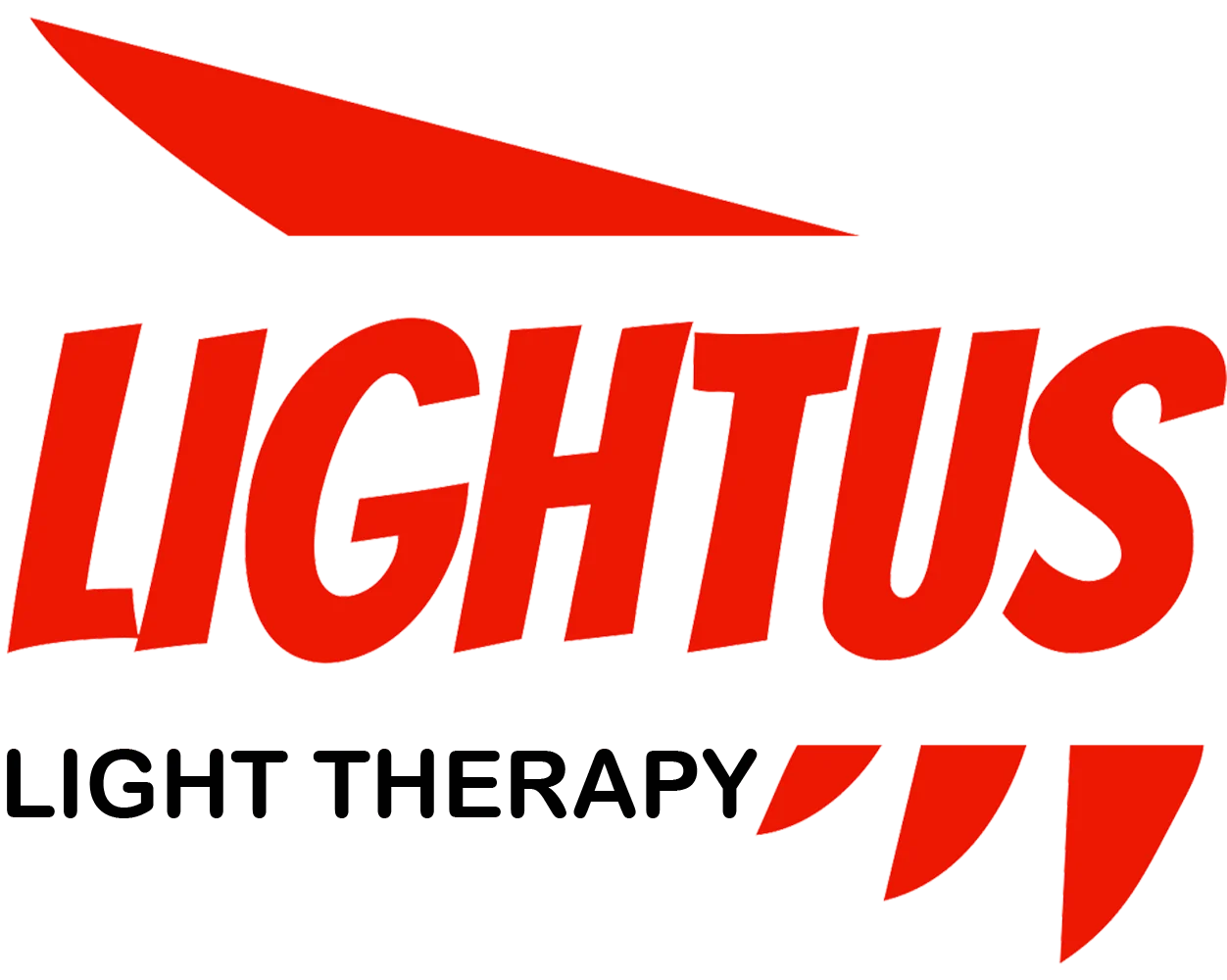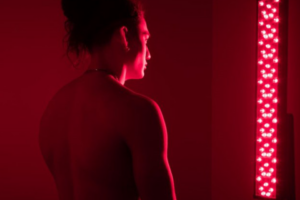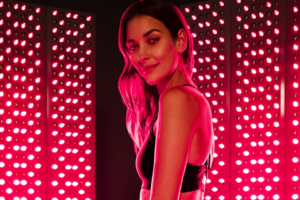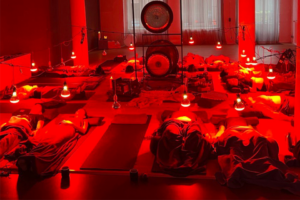Why Red Light Therapy Works and Its Incredible Benefits

Red light therapy has been making waves in the health and wellness world, but what’s the science behind its effectiveness? This article delves into the fascinating mechanisms of red light therapy, exploring how it works and why it’s becoming increasingly popular for a variety of health concerns. Whether you’re curious about its potential benefits or considering trying it yourself, read on to discover the power of red light therapy.
Table of Contents
What is Red Light Therapy and How Does It Work?
Red light therapy, also known as photobiomodulation or low-level light therapy, is a non-invasive treatment that uses specific wavelengths of red and near-infrared light to stimulate cellular function. But how exactly does it work?The key lies in how our cells interact with light. When exposed to red and near-infrared light wavelengths (typically between 630-850 nanometers), the mitochondria in our cells absorb this light energy. This absorption triggers a series of reactions that boost cellular energy production, leading to various beneficial effects throughout the body.It’s like giving your cells a energy drink, but without the caffeine crash! This increased cellular energy can lead to improved healing, reduced inflammation, and enhanced overall function of various bodily systems.
What Are the Key Benefits of Red Light Therapy?
Red light therapy offers a wide range of potential benefits, making it a versatile treatment option. Some of the most well-documented benefits include:
- Improved Skin Health: Red light therapy can stimulate collagen production, reducing the appearance of wrinkles and improving overall skin tone.
- Enhanced Wound Healing: By boosting cellular energy and reducing inflammation, red light therapy can accelerate the healing process for wounds and injuries.
- Pain Relief: Many people find relief from chronic pain conditions through red light therapy, thanks to its anti-inflammatory effects.
- Increased Hair Growth: Some studies suggest that red light therapy may stimulate hair follicles, potentially helping with hair loss.
- Improved Muscle Recovery: Athletes and fitness enthusiasts often use red light therapy to speed up muscle recovery and reduce soreness after intense workouts.
These benefits make red light therapy an attractive option for a wide range of health and wellness goals.
How Can You Use Red Light Therapy at Home?
With the growing popularity of red light therapy, many people are interested in incorporating it into their home wellness routines. Fortunately, there are now numerous red light therapy devices available for personal use.When using red light therapy at home, consistency is key. Most people see the best results with regular use, typically 3-5 times per week. Treatment sessions usually last between 10-20 minutes, depending on the device and the area being treated.It’s important to follow the manufacturer’s instructions carefully and start with shorter sessions to see how your body responds. While home devices may not be as powerful as professional-grade equipment, they offer the convenience of daily use without the need for frequent appointments.
What Types of Red Light Therapy Devices Are Available?
There’s a wide variety of red light therapy devices on the market, each designed for different purposes:
- Handheld Devices: These portable devices are great for targeting specific areas and are often used for facial treatments or spot-treating small areas of pain.
- Light Panels: Larger panels can treat bigger areas of the body at once, making them popular for full-face treatments or addressing back pain.
- Full-Body Systems: These comprehensive systems allow for whole-body treatments and are often used in clinics but are also available for home use.
- Red Light Therapy Masks: Specifically designed for facial treatments, these masks are popular for addressing skin concerns like acne or wrinkles.
When choosing a device, consider factors like the size of the area you want to treat, the device’s power output, and your specific health goals.

Is Red Light Therapy Safe? What Are the Potential Risks?
One of the most appealing aspects of red light therapy is its excellent safety profile. Unlike many other treatments, red light therapy is non-invasive and generally considered very safe when used as directed.However, as with any treatment, there are some potential risks and side effects to be aware of:
- Eye Strain: While red light is not harmful to the eyes like UV light, prolonged direct exposure can cause eye strain. It’s recommended to wear protective goggles during treatments.
- Skin Sensitivity: Some people may experience temporary redness or warmth in the treated area, but this typically subsides quickly.
- Headaches: In rare cases, some users report mild headaches after treatment, particularly when using the therapy on the head or face.
It’s always a good idea to consult with a healthcare professional before starting any new treatment, especially if you have pre-existing health conditions or are taking medications that increase light sensitivity.
How Long Does It Take to See Results from Red Light Therapy?
The timeline for seeing results from red light therapy can vary depending on the condition being treated and individual factors. Here’s a general guideline:
- Skin Health: Many people report seeing improvements in skin tone and texture within 2-4 weeks of regular use.
- Pain Relief: Some users experience pain relief after just a few sessions, while others may need several weeks of treatment.
- Hair Growth: This typically takes longer, with most studies showing results after 3-6 months of consistent use.
Remember, patience and consistency are key. Most research on red light therapy involves regular treatments over an extended period, so don’t get discouraged if you don’t see immediate results.
Can Red Light Therapy Help with Weight Loss?
While red light therapy isn’t primarily a weight loss treatment, some research suggests it may have potential benefits for body contouring and fat loss. Here’s what we know:
- Fat Cell Reduction: Some studies have shown that red light therapy may help to “shrink” fat cells by causing them to release their contents.
- Increased Metabolism: By improving mitochondrial function, red light therapy may help to boost overall metabolism.
- Muscle Recovery: By aiding in muscle recovery, red light therapy may indirectly support weight loss efforts by allowing for more frequent or intense workouts.
However, it’s important to note that red light therapy should be used in conjunction with a healthy diet and regular exercise for the best results.
How Does Red Light Therapy Compare to Other Light Therapies?
Red light therapy is just one type of light therapy. Let’s compare it to some other common forms:
- Blue Light Therapy: Often used for acne treatment, blue light has antibacterial properties but doesn’t penetrate as deeply as red light.
- Green Light Therapy: Less common, but sometimes used for pigmentation issues and to improve skin tone.
- Infrared Light Therapy: Uses longer wavelengths than red light and penetrates even deeper into the body, often used for pain relief and to promote healing in deeper tissues.
- Full Spectrum Light Therapy: Combines multiple wavelengths of light and is often used to treat seasonal affective disorder (SAD).
Each type of light therapy has its own unique benefits and applications, with red light therapy standing out for its versatility and ability to penetrate relatively deeply into the body without generating heat.
What Should You Look for in a Red Light Therapy Device?
If you’re considering purchasing a red light therapy device for home use, here are some key factors to consider:
- Wavelength: Look for devices that emit light in the 630-660nm (red) and 810-850nm (near-infrared) ranges.
- Power Output: Higher power devices can deliver more energy in less time. Look for information on irradiance (power density) in mW/cm².
- Treatment Area: Consider the size of the area you want to treat when choosing between larger panels and smaller devices.
- FDA Clearance: While not all effective devices are FDA-cleared, this can be a good indicator of quality and safety.
- Warranty and Customer Support: A good warranty and responsive customer support can be invaluable, especially for higher-end devices.
Remember, the most expensive device isn’t always the best. Consider your specific needs and budget when making a decision.
What Does the Future Hold for Red Light Therapy?
As research into red light therapy continues, we’re likely to see even more applications and refinements of this technology. Some exciting areas of ongoing research include:
- Neurological Conditions: Early studies are exploring the potential of red light therapy in treating conditions like Alzheimer’s and Parkinson’s disease.
- Mental Health: There’s growing interest in using red light therapy to treat depression and anxiety.
- Athletic Performance: Researchers are investigating how red light therapy might be used to enhance athletic performance and recovery.
- Combination Therapies: Studies are looking at how red light therapy might be combined with other treatments for enhanced effects.
As our understanding of the mechanisms behind red light therapy grows, we’re likely to see more targeted and effective treatments developed.
Key Takeaways: Why Red Light Therapy Works and Its Benefits
To summarize, here are the most important points to remember about red light therapy:
- Red light therapy works by stimulating cellular energy production, leading to various health benefits.
- It’s non-invasive and generally considered safe when used as directed.
- Benefits include improved skin health, enhanced wound healing, pain relief, and potential hair growth stimulation.
- Results can vary depending on the condition being treated and individual factors.
- Consistency is key – regular treatments over time typically yield the best results.
- While home devices can be effective, it’s important to choose a quality device and follow usage instructions carefully.
- Ongoing research is exploring even more potential applications for red light therapy.
Red light therapy represents an exciting frontier in non-invasive health treatments. As we continue to unlock its potential, it may well become an increasingly important tool in our health and wellness arsenal.






